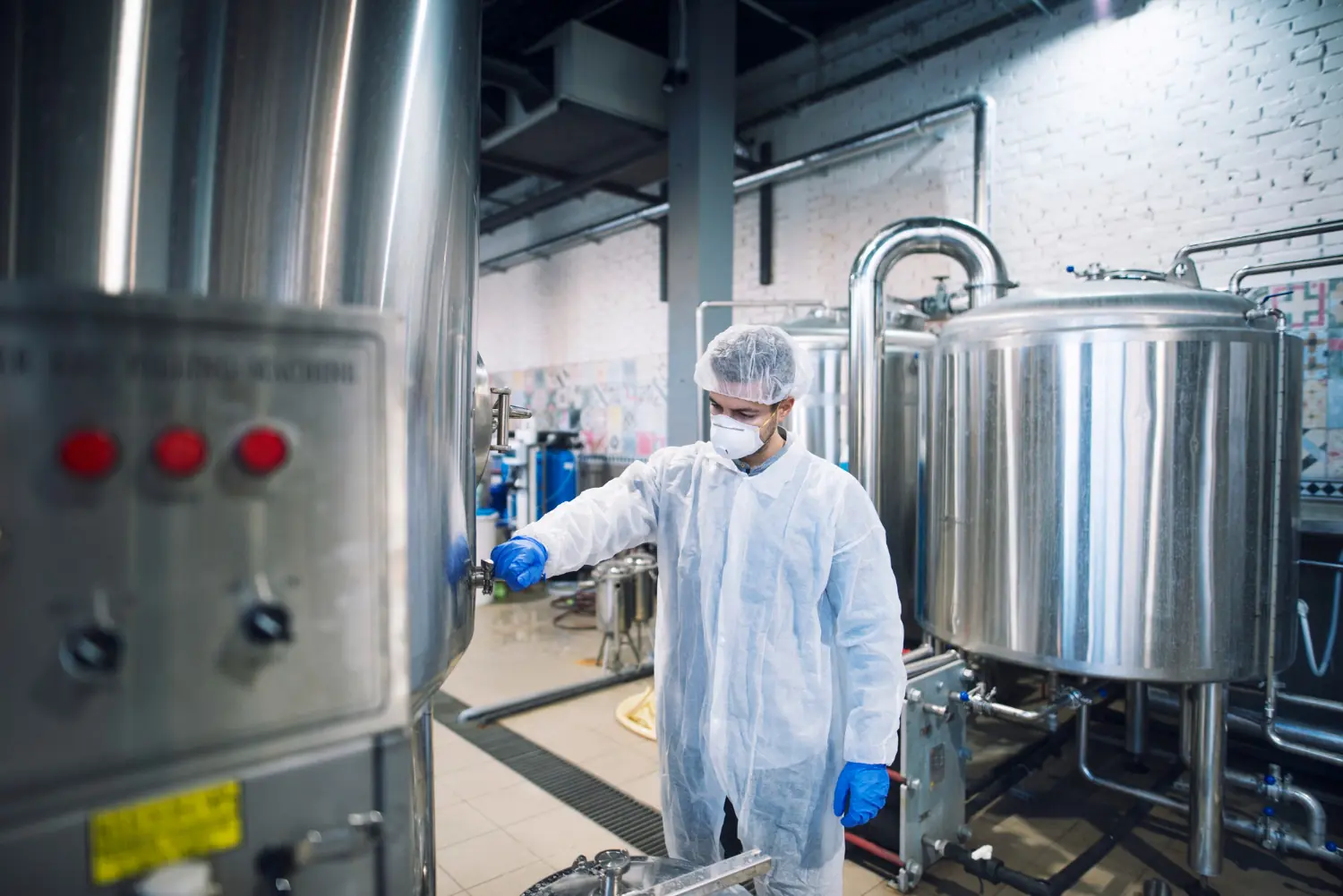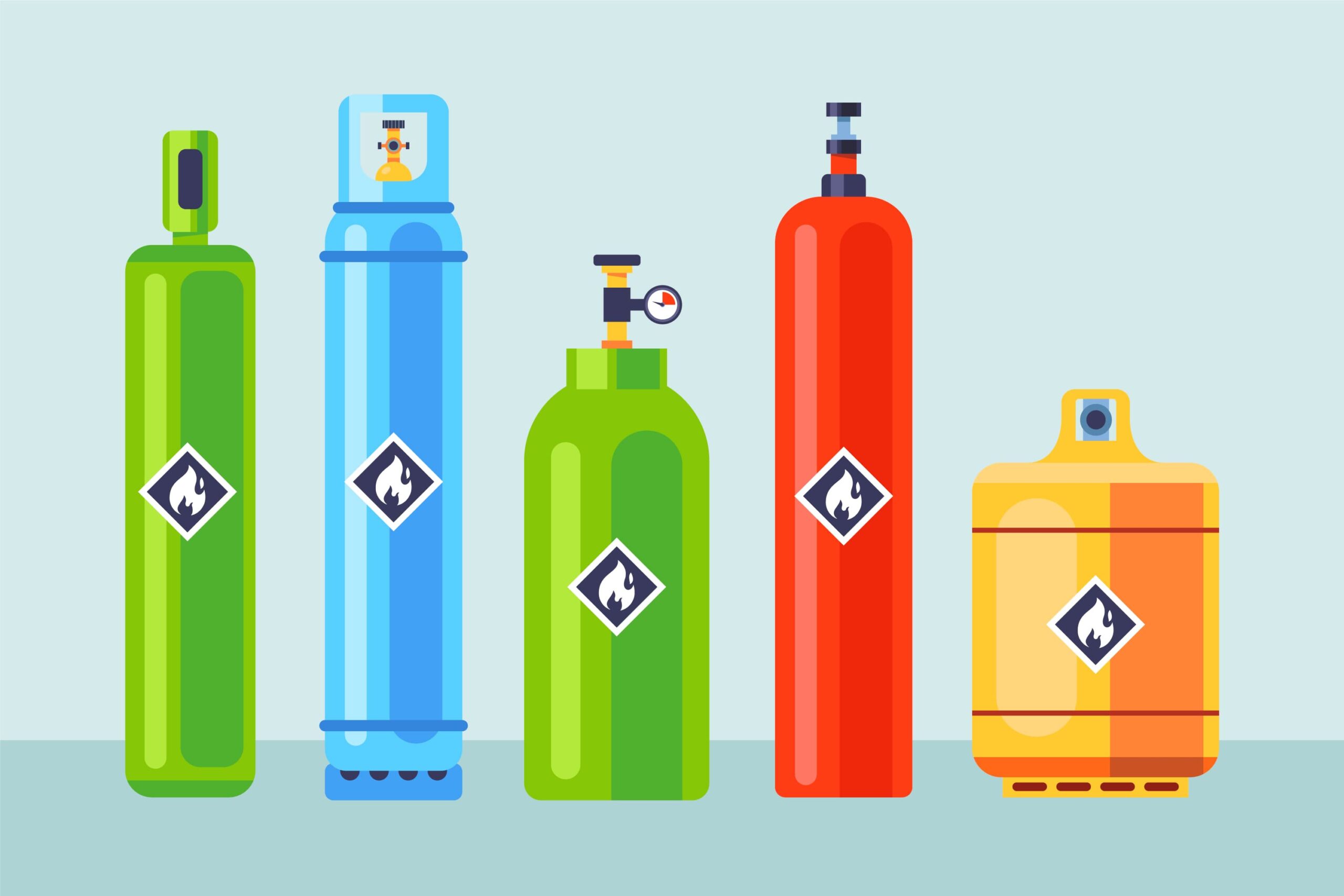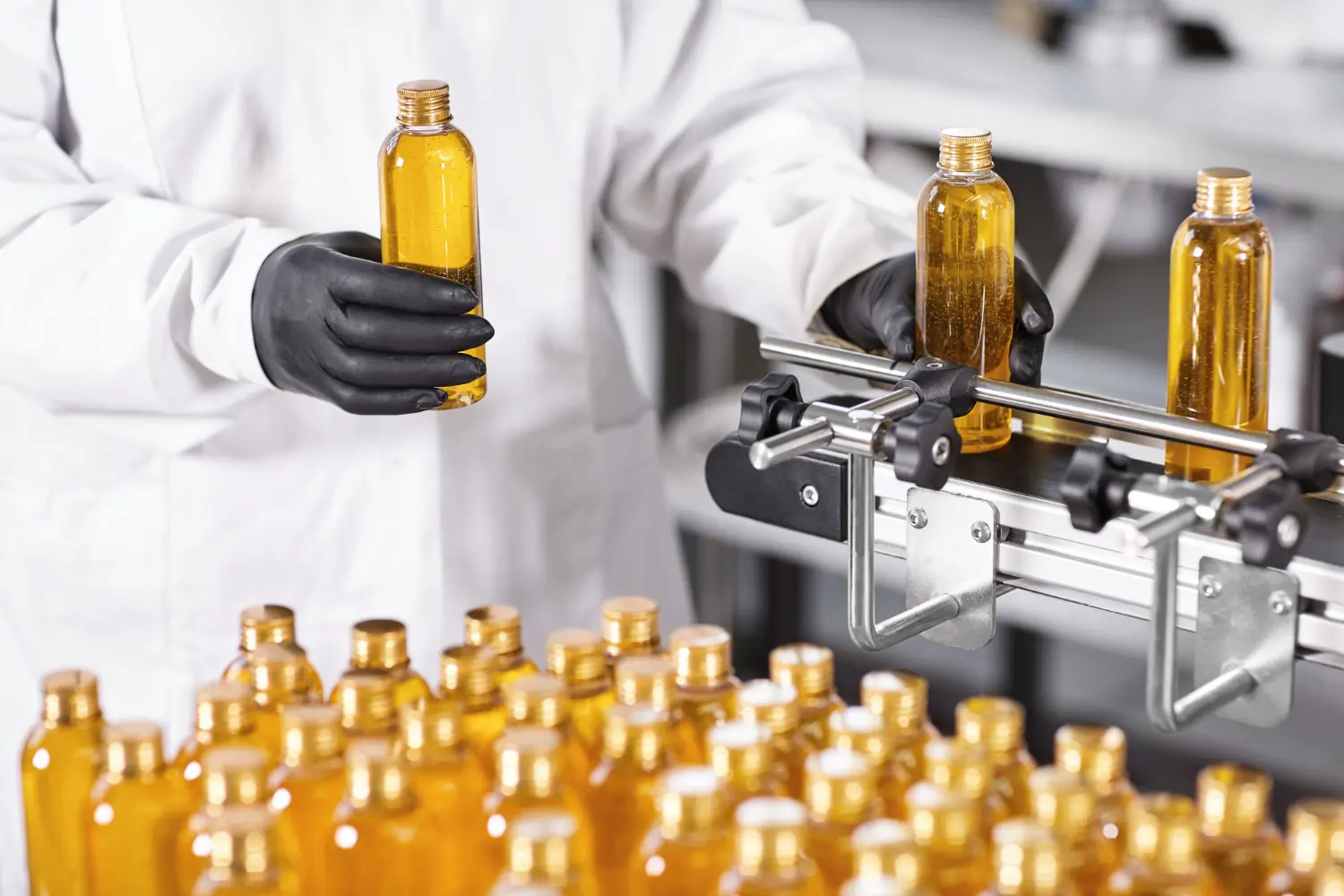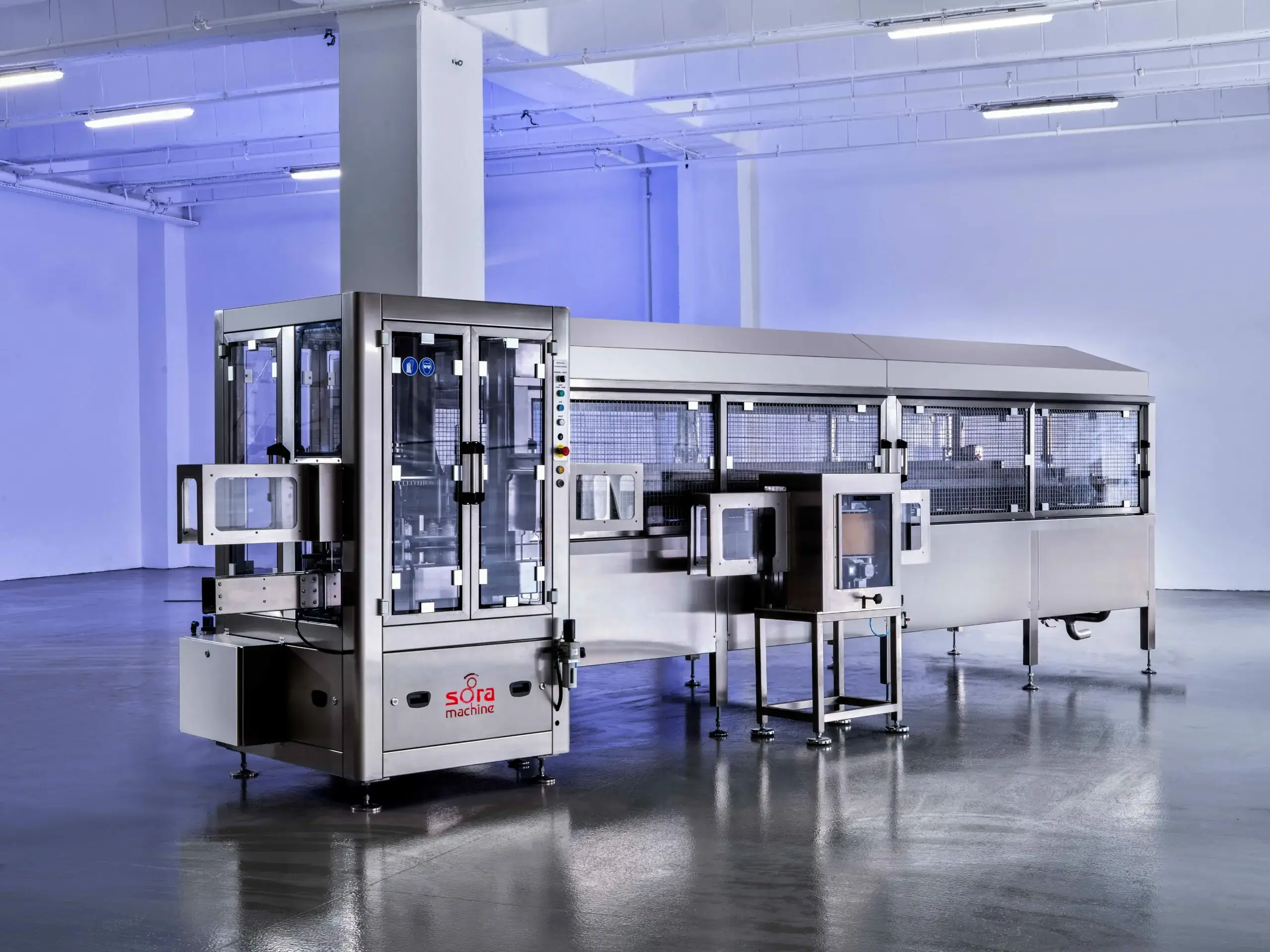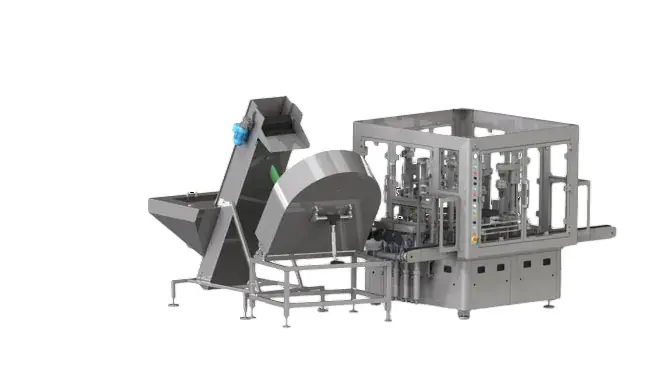In today’s competitive manufacturing landscape, optimizing energy consumption is not just about cutting costs—it’s about sustainability, efficiency, and staying ahead of the curve. Aerosol filling machines, integral to various industries, present numerous opportunities for energy savings. Let’s delve into the factors influencing energy use and explore practical strategies to enhance efficiency.
What Factors Affect Energy Consumption in Aerosol Filling Machines?
- Pneumatic Systems: Compressed air systems are prevalent but can be energy-intensive, especially if leaks are present.
- Motor Efficiency: Older or improperly maintained motors may consume more power than necessary.
- Operational Practices: Running machines at non-optimal speeds or during low-demand periods can lead to inefficiencies.
- Maintenance Schedules: Neglecting regular maintenance can cause components to work harder, increasing energy use.
Understanding these factors is the first step toward implementing effective energy-saving measures.
Which Technical Improvements Can Be Made for Energy Efficiency?
Implementing technical upgrades can significantly enhance energy efficiency:
- High-Efficiency Motors: Replacing outdated motors with energy-efficient models can reduce power consumption.
- Advanced Control Systems: Integrating smart controls can optimize operations and reduce unnecessary energy expenditure.
- Efficient Compressors: Upgrading to modern compressors with better energy profiles can yield substantial savings.
These improvements not only reduce energy consumption but also enhance overall machine performance.
How Does Air Leakage in Pneumatic Systems Increase Energy Consumption?
Air leaks in pneumatic systems are a silent drain on energy resources:
- Increased Compressor Load: Leaks force compressors to work harder to maintain pressure, consuming more energy.
- Reduced System Efficiency: Pressure drops from leaks can impair the performance of pneumatic tools and actuators.
- Higher Maintenance Costs: Overworked compressors and components may require more frequent repairs.
Regular inspections and prompt repairs of leaks are essential to maintain system efficiency and reduce energy waste.
Does Using Low Energy Consumption Valves and Compressors Provide Savings?
Absolutely. Incorporating energy-efficient components can lead to significant savings:
- Energy-Efficient Valves: These valves reduce the amount of compressed air required for operation.
- Modern Compressors: Newer models are designed to be more energy-efficient, often featuring variable speed drives and better control systems.
Investing in such components can yield long-term cost reductions and improve the sustainability of operations.
How Do Automation Systems Affect Energy Efficiency?
Automation plays a pivotal role in enhancing energy efficiency:
- Optimized Operations: Automated systems can adjust processes in real-time to match demand, reducing energy waste.
- Predictive Maintenance: Automation can monitor equipment health, scheduling maintenance before issues escalate, thus maintaining energy efficiency.
- Reduced Human Error: Automated systems minimize the risk of operational mistakes that could lead to energy inefficiencies.
Embracing automation not only streamlines production but also contributes to significant energy savings.
How Do Maintenance and Cleaning Reduce the Machine’s Energy Consumption?
Regular maintenance and cleaning are vital for energy efficiency:
- Preventing Component Wear: Well-maintained parts operate more smoothly, requiring less energy.
- Avoiding Build-Up: Cleaning prevents residue accumulation that can hinder machine performance.
- Ensuring Optimal Lubrication: Proper lubrication reduces friction, allowing machines to run more efficiently.
A proactive maintenance schedule ensures machines operate at peak efficiency, conserving energy.
How Is Consumption Analyzed with Energy Monitoring Systems?
Energy monitoring systems provide insights into consumption patterns:
- Real-Time Data: Monitoring allows for immediate detection of anomalies in energy use.
- Trend Analysis: Historical data helps identify patterns and areas for improvement.
- Informed Decision-Making: Data-driven insights enable targeted energy-saving strategies.
Implementing such systems empowers businesses to take control of their energy consumption proactively.
Is Operating the Machine at Low Capacity Energy Efficient?
Not necessarily. Operating at low capacity can sometimes lead to inefficiencies:
- Underutilization: Machines may not operate at optimal efficiency when underloaded.
- Increased Wear: Frequent start-stop cycles associated with low-capacity operation can cause additional wear.
- Energy Waste: Maintaining systems like compressors for minimal output can be inefficient.
It’s essential to match machine operation levels with production demands to ensure energy-efficient performance. Also click for aerosol filling line installation considerations.
How Does Heat and Pressure Balancing Optimize Energy Consumption?
Balancing heat and pressure is crucial for efficient operation:
- Thermal Management: Proper heat dissipation prevents overheating, which can cause energy inefficiencies.
- Pressure Regulation: Maintaining optimal pressure levels ensures components operate within their most efficient range.
- System Stability: Balanced systems reduce the strain on components, leading to smoother operation and energy savings.
Implementing sensors and control systems to monitor and adjust these parameters can significantly enhance energy efficiency.
What Are Modern Aerosol Filling Technologies That Provide Energy Savings?
Advancements in technology have introduced energy-saving features:
- Smart Sensors: These devices monitor operations in real-time, allowing for immediate adjustments to optimize energy use.
- Propellants: Using alternative propellants can reduce the energy required for filling processes.
- Modular Designs: Modern machines often feature modular components that can be upgraded individually for better energy performance.
Staying abreast of technological developments ensures that operations remain energy-efficient and competitive.
By understanding and addressing the various factors influencing energy consumption in aerosol filling machines, businesses can implement effective strategies to reduce energy use, lower operational costs, and promote sustainable practices.
